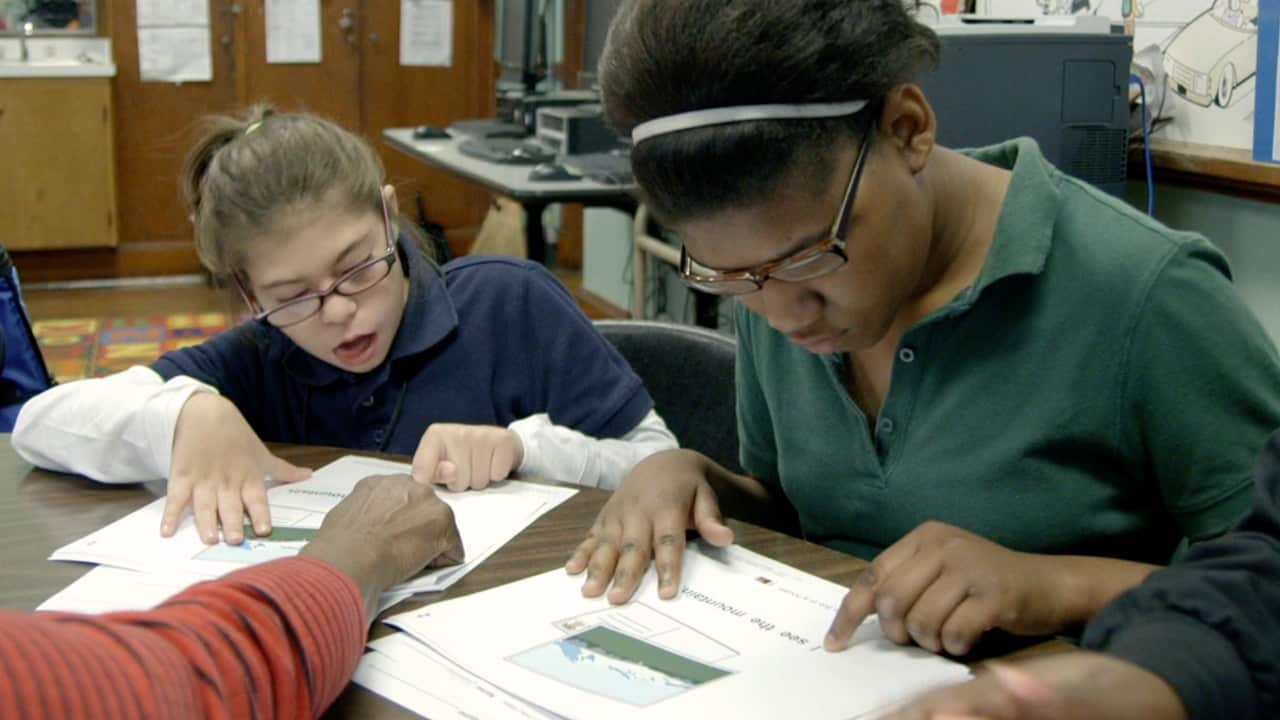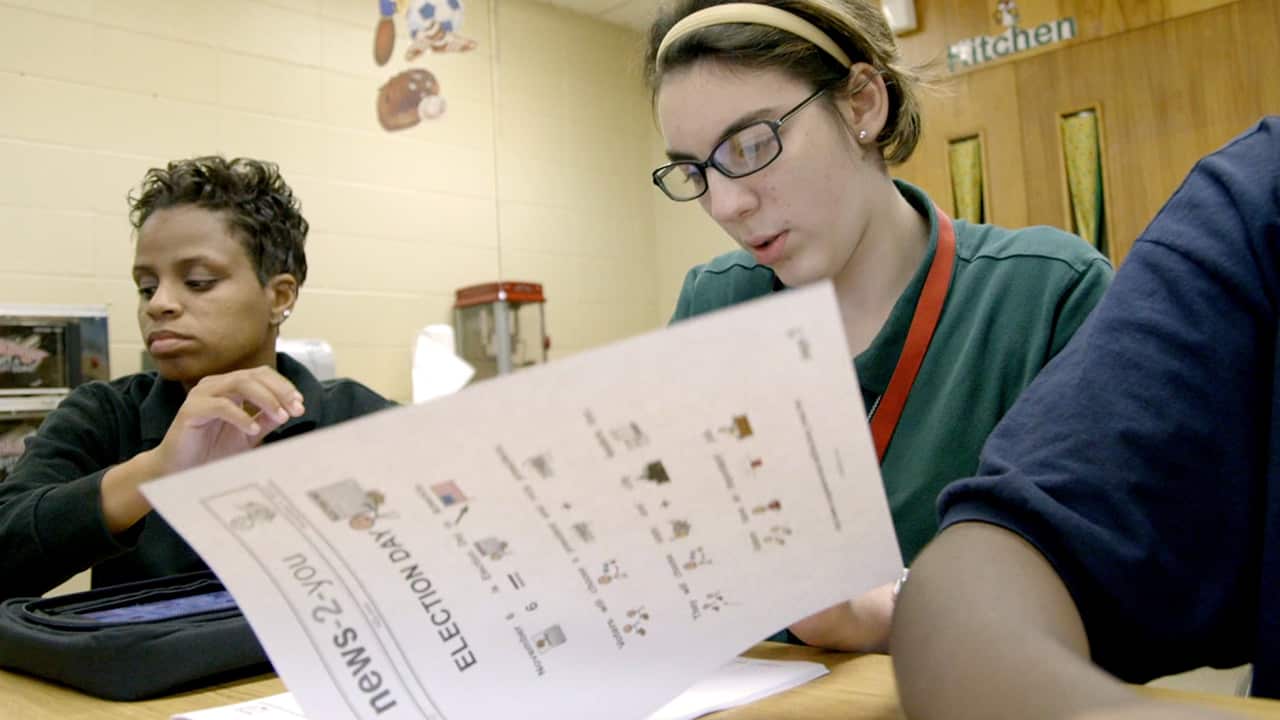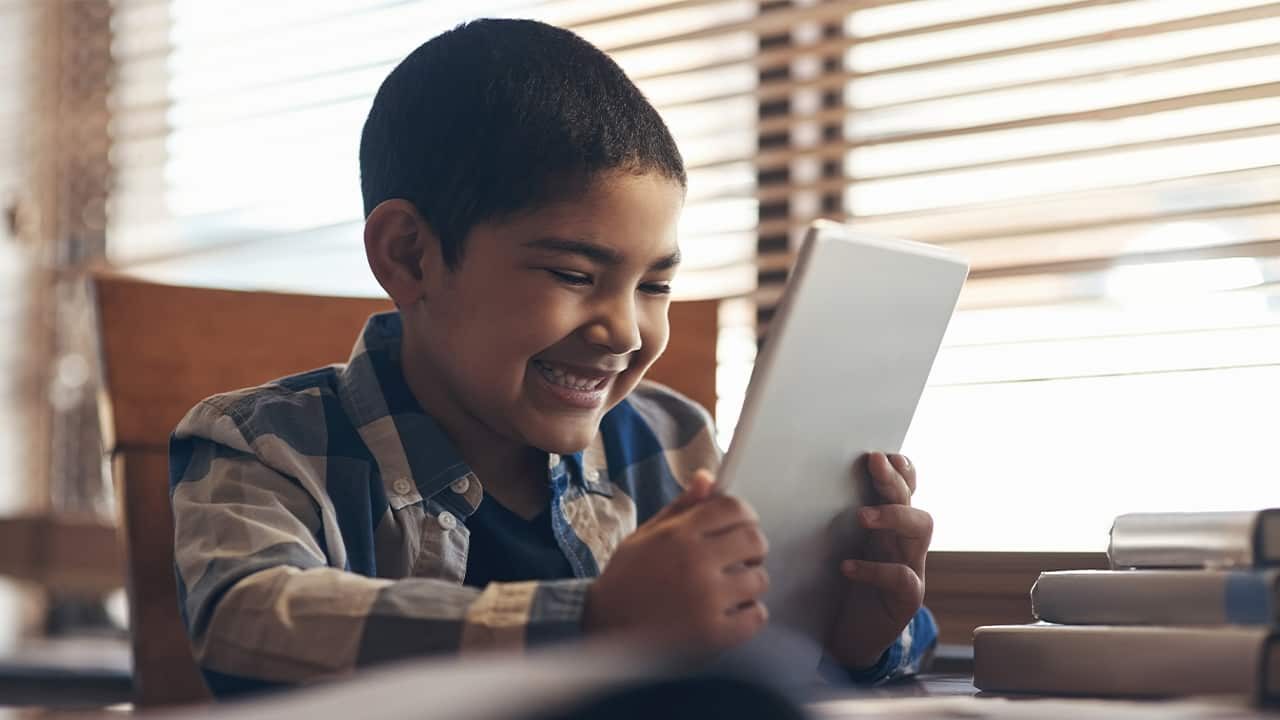Transition planning is a required part of the individualized education program (IEP) that helps students with disabilities prepare for life after high school. But it is never too early to plan for the future! Begin discussing hopes and desired outcomes as soon as possible. After honest conversation with the student and family, transition planning starts and the IEP team creates IEP goals. Finally, the focus becomes what instruction, services, and support the student will need to meet the big‑picture goals.
Transition services are based upon individual student needs
Transition services vary from student to student and should align with the vision of and dreams for their future. It is important to truly listen to the student in order to fully understand their dreams. This ensures appropriate plans for transition services are identified and put into place. For example, transition services and goals can address areas that include:
- Communication
- Daily living skills
- Employment opportunities
- Functional vocational evaluations
- Living arrangements
- Recreation
- Training and college and career counseling
- Transportation
- Volunteer work
The transition process can seem overwhelming at first, but with the right information, it can become more manageable and meaningful. Transition planning is an essential part of the IEP process, and proper planning will give the student a better chance for success after high school. Note that periodically assessing transition needs is important because they can (and probably will) change over time, and related goals and services will need to be adjusted accordingly.
Use community resources to assist with transition planning
Educators and parents shouldn’t feel like they need to tackle transition planning alone. Fortunately, there are multiple regional, state, and national organizations that can assist with the process. Care must be taken to ensure the student is eligible under their considerations.
Vocational rehabilitation (VR)
Here, students learn vocational skills or get other job training, as well as potential accommodations. This includes technological devices that support them in meeting their post‑school objectives.
Independent living centers (ILCs)
These centers are usually non‑residential, community organizations that advocate for complete access to housing, transportation, leisure, and employment.
Social Security Administration (SSA)
IEP team members should understand the rules and limitations involved when discussing Social Security and Supplemental Security Income (SSI). For example, rules are in place that dictate how many hours a person may work if they are receiving SSI, Medicaid, or Medicare.
Parent Training and Information Centers (PTIs)
Contact your state’s PTI or regional education service center to further identify services that may be available in your area.
Planning for post‑school outcomes is a partnership that requires collaboration between the school, community, family, and student. Collaboration will create a strong support system for the student as they grow and develop aspirations for life as a productive member of the community.
Transition planning made easy with Unique Learning System
Unique Learning System provides many opportunities to prepare students with the necessary skills to make a smooth transition from school to postsecondary living. Transition planning begins in pre‑K and is addressed throughout all six grade bands. Unique Learning System helps educators guide students down the path toward independence with future planning that meets real‑world expectations. Areas addressed include employment, daily living needs, and community awareness for middle school, high school, and transition‑aged students. Unique Learning System resources include:
Core materials
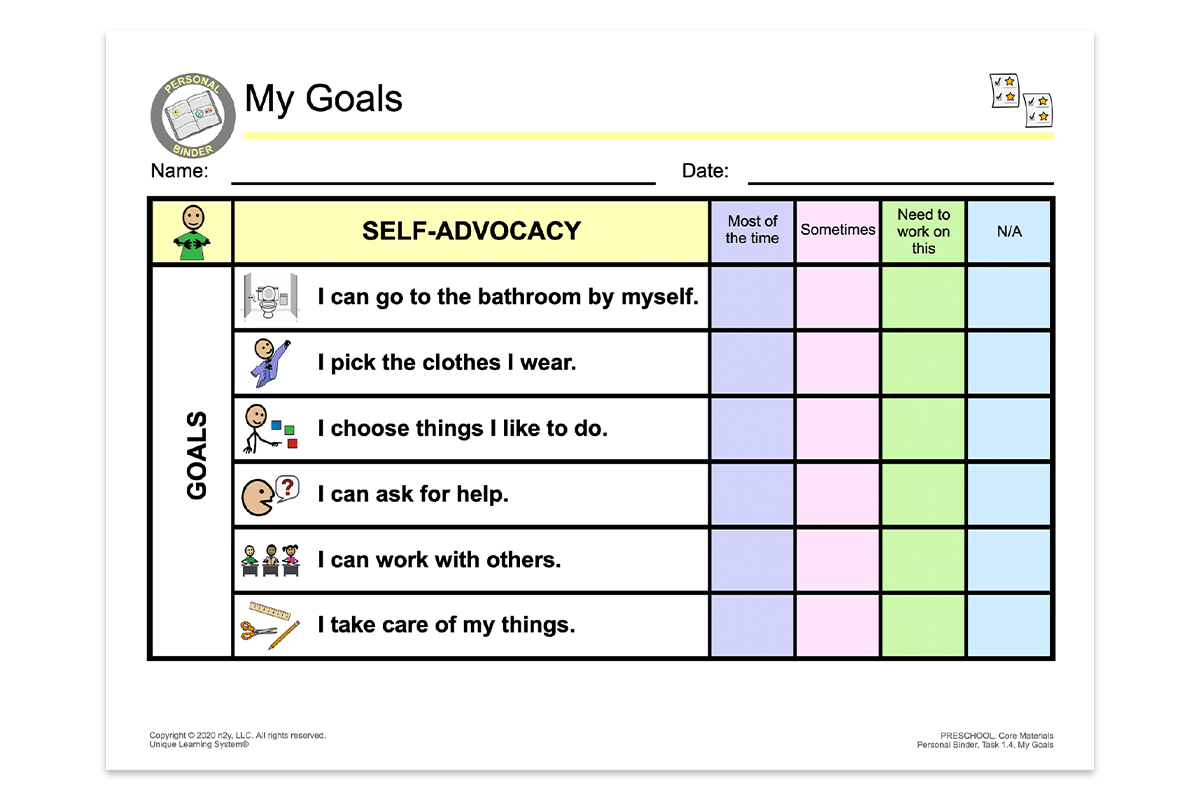
Lesson plans for daily instructional tasks are included. Topics covered include daily living skills, jobs, snack‑time tasks, recreation and games, home reports, and daily sign‑in procedures. Core Tasks are available for all grade bands. The tasks provide a means to address transition skills for communication, employability, daily living, self‑advocacy, and social strategies.
Core Rubrics
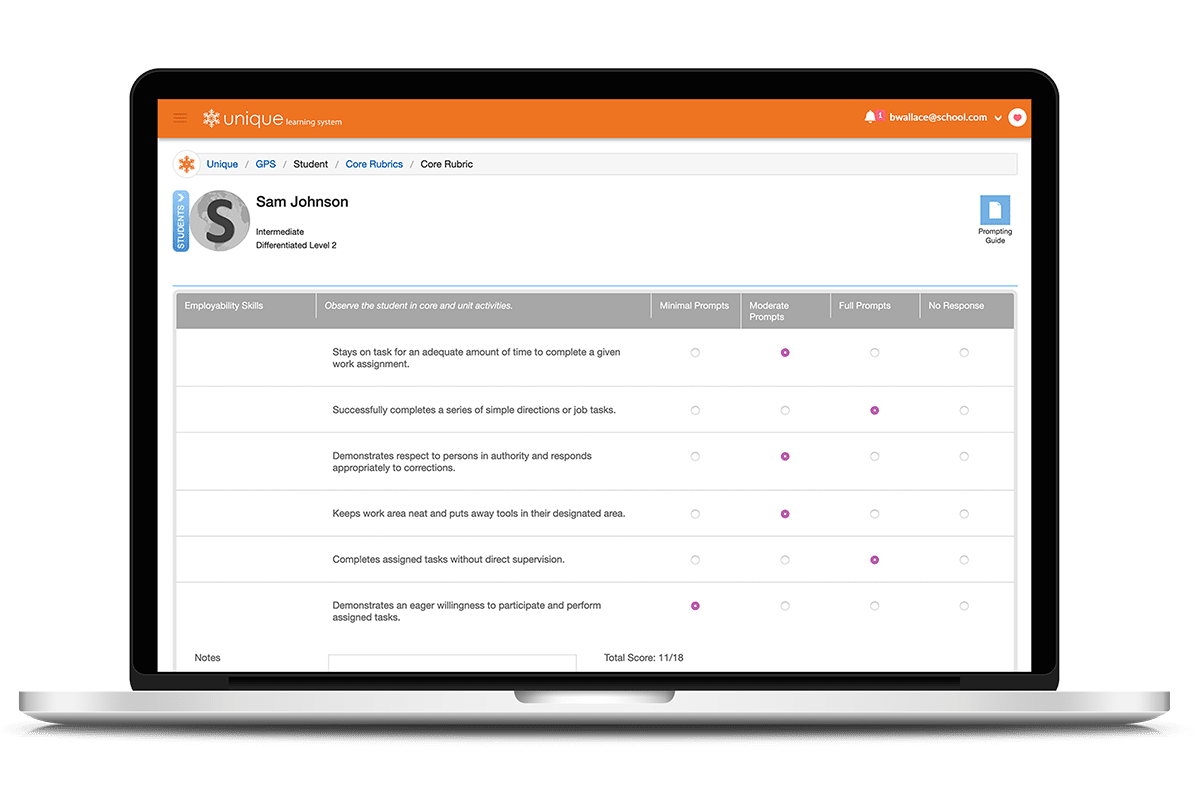
These address the transition readiness skill areas of employability, communication, self‑advocacy, daily living, and social strategies. They can be used to identify areas of strength and weakness in light of the student’s current age.
Transition planning tools
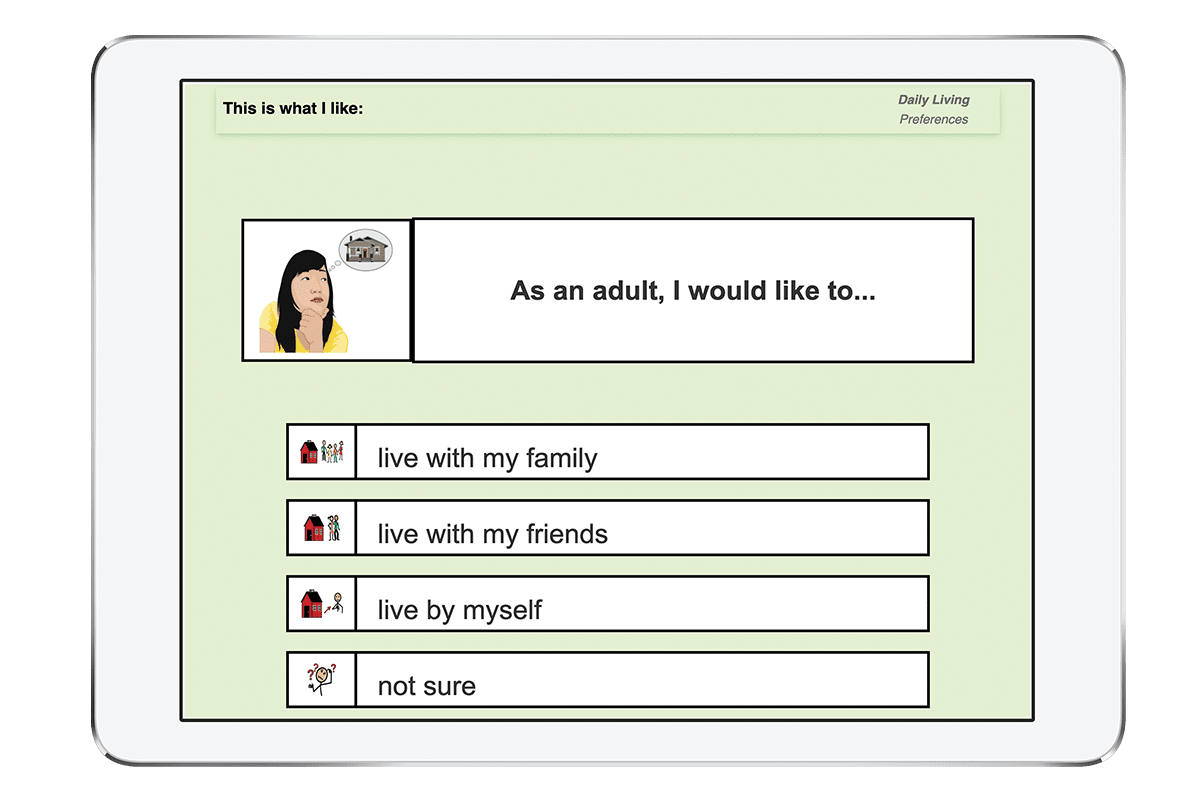
Each student completes a description of the following areas: vocational/employability, daily living, community, personal life, and lifelong learning. They evaluate themselves on current status, preferences, and abilities and challenges. Using these findings, a report is generated to help build a plan for their future.
Transition Passport
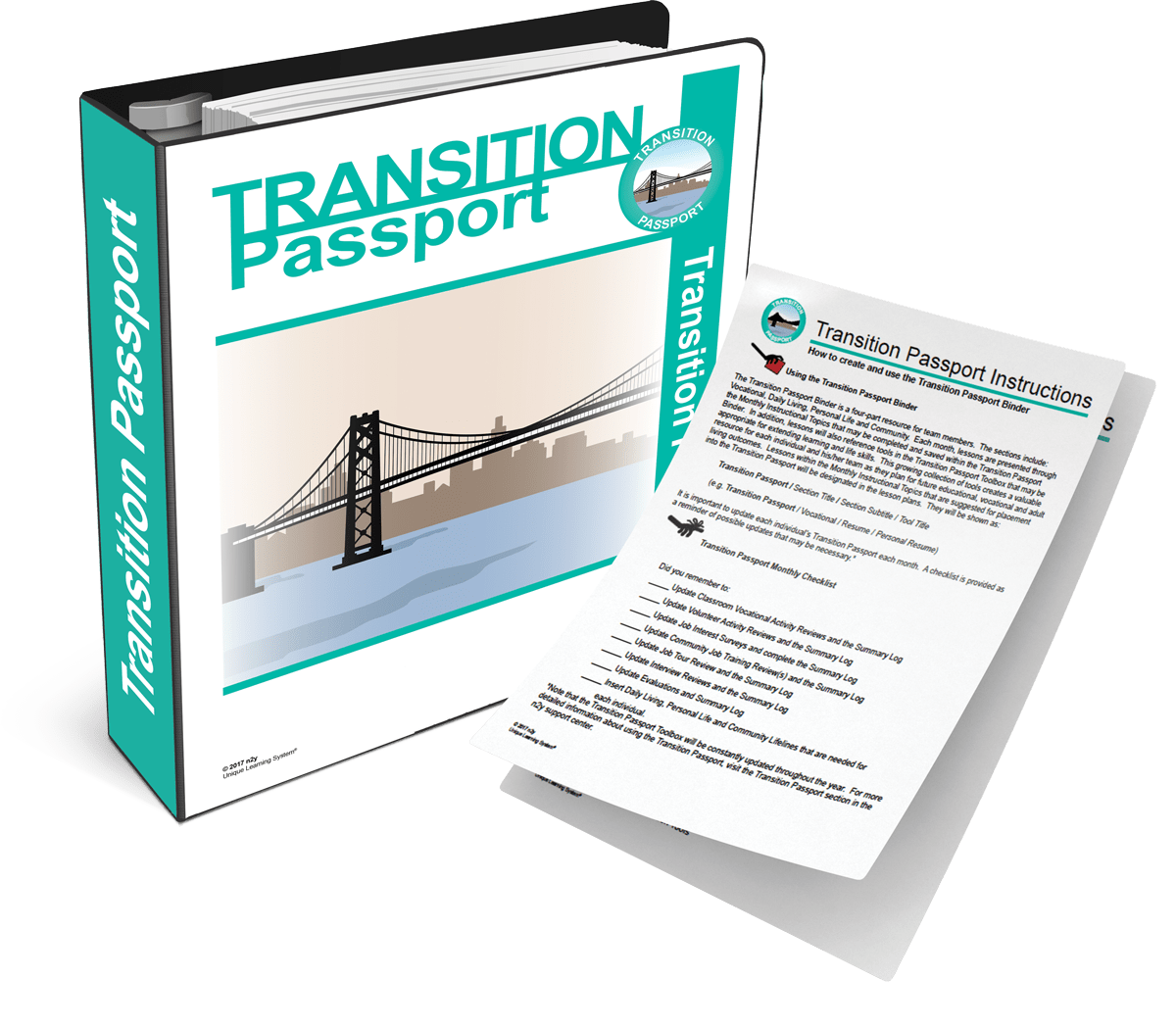
The student creates a personal collection of abilities, goals, needs and desires that are essential for an effective system of transition planning. The binder is intended to travel with them from middle school through the transition grade band and exit their educational program with them. The Transition Passport serves as a post‑graduate takeaway resource that includes evaluations, guides, and supports that will help the student long after graduation.
Transition grade band
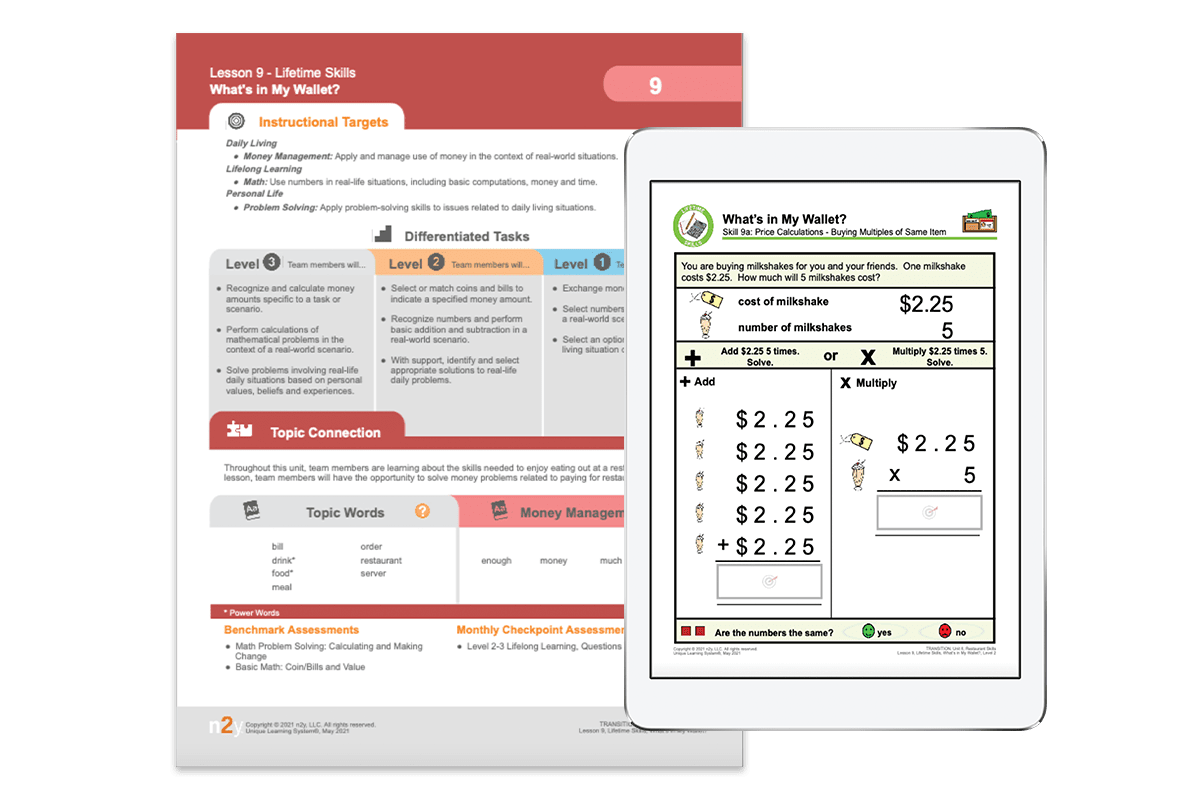
This creates a realistic atmosphere of skill learning, which will be needed when leaving the school setting, entering the work setting, and living with optimal independence.

